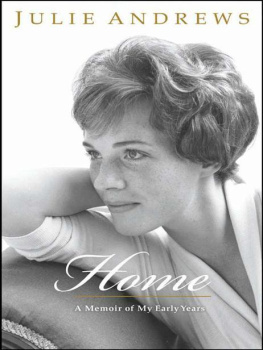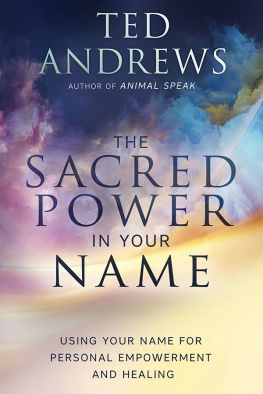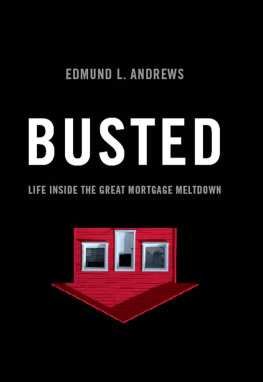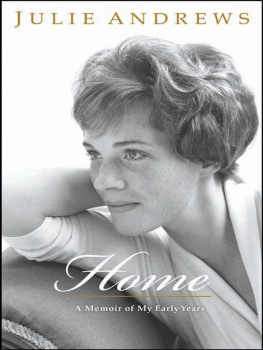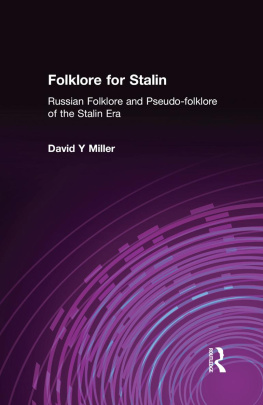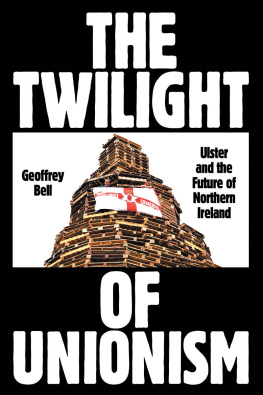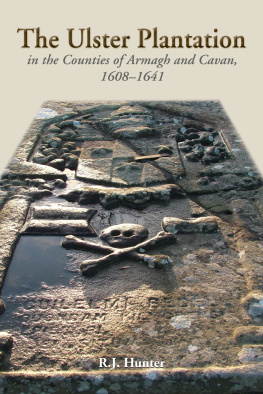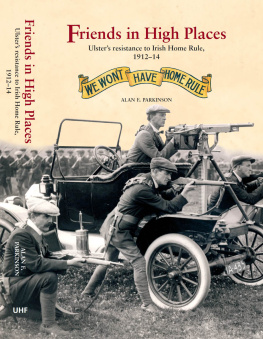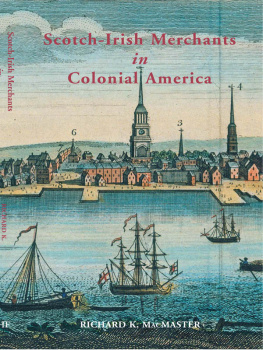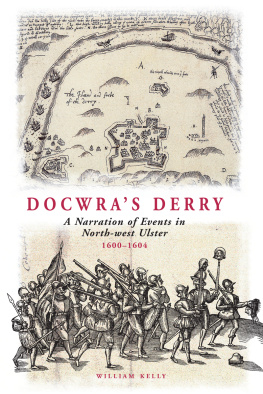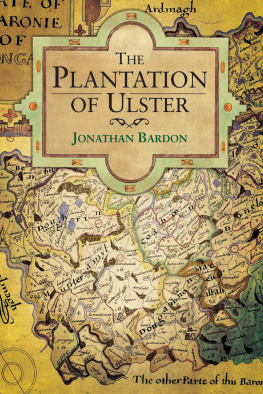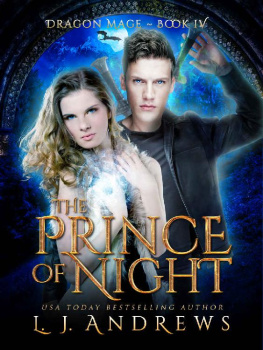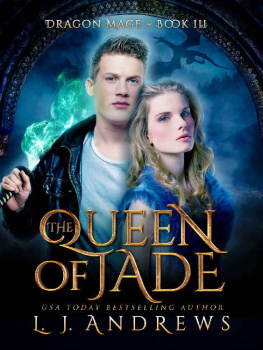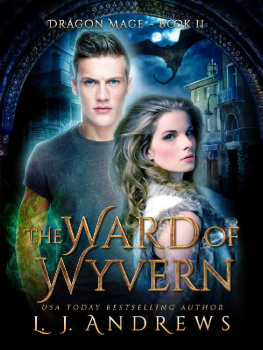Andrews - Ulster Folklore
Here you can read online Andrews - Ulster Folklore full text of the book (entire story) in english for free. Download pdf and epub, get meaning, cover and reviews about this ebook. year: 2002, publisher: Oakmagic, genre: Detective and thriller. Description of the work, (preface) as well as reviews are available. Best literature library LitArk.com created for fans of good reading and offers a wide selection of genres:
Romance novel
Science fiction
Adventure
Detective
Science
History
Home and family
Prose
Art
Politics
Computer
Non-fiction
Religion
Business
Children
Humor
Choose a favorite category and find really read worthwhile books. Enjoy immersion in the world of imagination, feel the emotions of the characters or learn something new for yourself, make an fascinating discovery.

- Book:Ulster Folklore
- Author:
- Publisher:Oakmagic
- Genre:
- Year:2002
- Rating:4 / 5
- Favourites:Add to favourites
- Your mark:
- 80
- 1
- 2
- 3
- 4
- 5
Ulster Folklore: summary, description and annotation
We offer to read an annotation, description, summary or preface (depends on what the author of the book "Ulster Folklore" wrote himself). If you haven't found the necessary information about the book — write in the comments, we will try to find it.
Ulster Folklore — read online for free the complete book (whole text) full work
Below is the text of the book, divided by pages. System saving the place of the last page read, allows you to conveniently read the book "Ulster Folklore" online for free, without having to search again every time where you left off. Put a bookmark, and you can go to the page where you finished reading at any time.
Font size:
Interval:
Bookmark:

ELIZABETH ANDREWS, F.R.A.I.
7, PATERNOSTER ROW, E.C.
1913
August, 1913.
| PAGE |
| INTRODUCTION |
| FAIRIES AND THEIR DWELLING-PLACES |
| A DAY AT MAGHERA, CO. LONDONDERRY |
| ULSTER FAIRIES, DANES, AND PECHTS |
| FOLKLORE CONNECTED WITH ULSTER RATHS AND SOUTERRAINS |
| TRADITIONS OF DWARF RACES IN IRELAND AND IN SWITZERLAND |
| FOLKLORE FROM DONEGAL |
| GIANTS AND DWARFS |
| THE REV. WILLIAM HAMILTON, D.D. |
| PLATES | |
| I. | HARVEST KNOT |
| FACING PAGE | |
| II. | SOUTERRAIN AT ARDTOLE, ARDGLASS, CO. DOWN |
| III. | ENTRANCE TO SWEATHOUSE, MAGHERA |
| IV. | RUSH AND STRAW CROSSES |
| V. | HARVEST KNOTS |
| VI. | "CHURN" |
| VII. | ENTRANCE TO SOUTERRAIN AT KNOCKDHU |
| VIII. | THE OLD FORT, ANTRIM |
| IX. | GREY MAN'S PATH, FAIR HEAD |
| X. | TORMORE, TORY ISLAND |
| XI. | VALLEY NEAR ARMOY, WHENCE, ACCORDING TO LEGEND, EARTH WAS TAKEN TO FORM RATHLIN |
| XII. | FLINT SPEARHEAD AND BASALT AXES FOUND UNDER FORT IN LENAGH TOWNLAND |
| PAGE |
| SOUTERRAIN AT BALLYMAGREEHAN |
| SOUTERRAIN AT KNOCKDHU |
Font size:
Interval:
Bookmark:
Similar books «Ulster Folklore»
Look at similar books to Ulster Folklore. We have selected literature similar in name and meaning in the hope of providing readers with more options to find new, interesting, not yet read works.
Discussion, reviews of the book Ulster Folklore and just readers' own opinions. Leave your comments, write what you think about the work, its meaning or the main characters. Specify what exactly you liked and what you didn't like, and why you think so.

